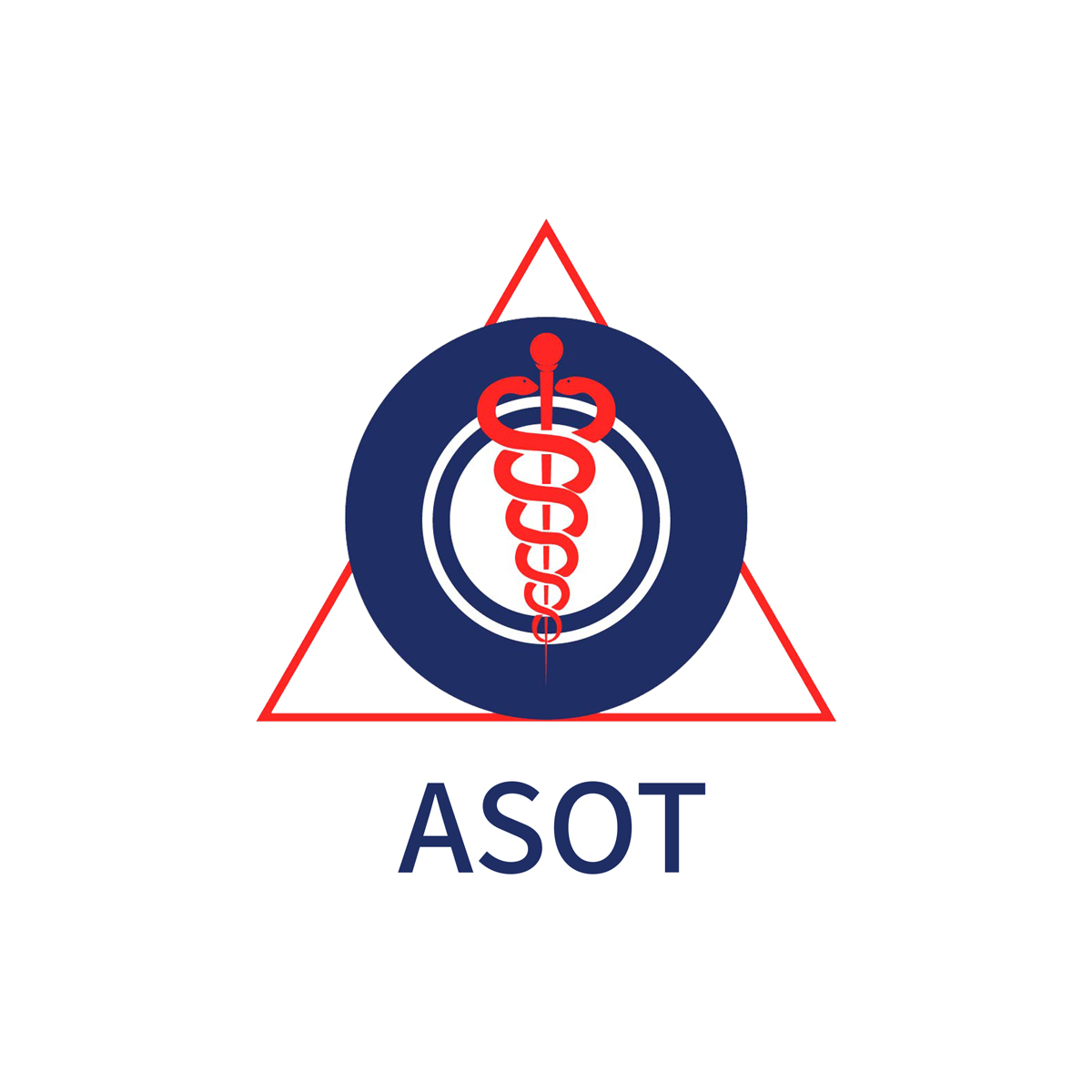Predicting visual acuity for open-globe injuries using machine learning
Main Article Content
Abstract
Introduction
Open-globe injuries (OGI) are severe ocular injuries with the potential for poor clinical outcomes. Outcomes such as visual acuity (VA) remain challenging to predict accurately on a patient-by-patient basis. We tested the hypothesis that machine learning (ML) could accurately predict visual acuity outcomes in the setting of an OGI.
Methods
Clinical data for patients suffering OGIs treated at Massachusetts Eye and Ear between 2012 and 2022 were collected and manually validated to ensure accuracy and completeness. The following were selected as input variables to the ML model: age, sex, race, ethnicity, mechanism of injury, zone of injury, presenting VA (logMAR), afferent pupillary defect, intraocular foreign body, lensectomy, and time from presentation to operating room. The data were split into 80% training and 20% hold-out testing. The following ML regression models were evaluated with tenfold cross validation: random forest, adaptive boosting, gradient boosting, extra trees, and linear regression. Performance was measured with mean absolute error (MAE) and mean squared error (MSE). Relative importance of input variables was evaluated for the best performing model.
Results
A total of 903 patients were reviewed and included in analysis. Random forest regression showed the best performance from 10-fold cross validation of all models assessed. Subsequent evaluation of the random forest model on the testing holdout showed an MAE and MSE of 0.58 logMAR and 0.62 logMAR, respectively, with an optimal hyperparameter of 500 decision trees. Relative feature importance revealed age, time to the operating room, and presenting VA as most predictive for final VA.
Conclusions
Our results suggest that ML may be a useful tool for predicting VA for patients suffering OGI based on presenting clinical features and patient demographics. Random forest model showed the best performed of all ML models. Future work should work to prospectively validate ML VA predictions through multi-institutional collaboration.
Downloads
Article Details

This work is licensed under a Creative Commons Attribution-NonCommercial-NoDerivatives 4.0 International License.
References
None
